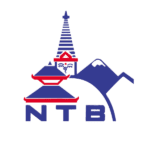1st Apr, 2023
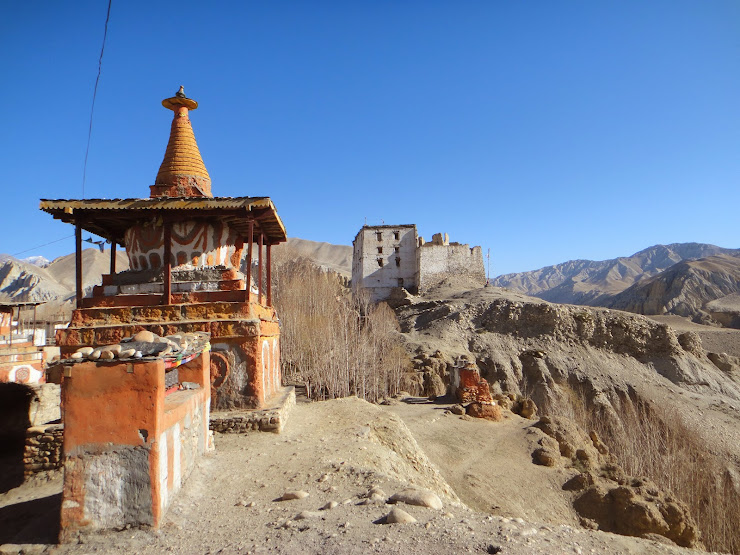
All About Upper Mustang Trek is a remote and fascinating region located in the northern part of Nepal, bordering Tibet. It is known as the "hidden kingdom" due to its isolation from the rest of Nepal and its distinct culture, which is closely tied to Tibet. Until 1992, Upper Mustang was closed off to foreigners, but now it is possible to visit with a special permit. The region is characterized by its stunning landscape of red cliffs, rock formations, and deep gorges, as well as its ancient monasteries, caves, and fortresses.
Table of Contents
The people of Upper Mustang are mostly ethnic Tibetans who speak the Tibetan language and practice Tibetan Buddhism. They have preserved their culture and way of life for centuries, despite the challenges of living in such a remote and harsh environment. One of the most popular attractions in Upper Mustang is the city of Lo Manthang, which was once the capital of the kingdom of Mustang. It is home to the Royal Palace, a 15th-century fortress that was once the residence of the king of Mustang. The city is also known for its unique architecture, with white-washed buildings and narrow streets. Upper Mustang is a unique and fascinating destination for travelers looking to explore a remote and culturally rich region of Nepal.
Best Seasons to Trek to Upper Mustang
The Best Session to Trek to Upper Mustang is during the spring (March to May) and autumn (September to November) seasons. During spring, the weather is mild and dry with clear skies, making it an excellent time to explore the region's stunning landscapes and ancient monasteries. The weather is also ideal for witnessing the blooming of rhododendron flowers, which cover the hillsides in a vibrant display of colors.
Similarly, the autumn season offers clear skies, mild temperatures, and less chance of rain, making it an ideal time for trekking in the Upper Mustang. The autumn season also coincides with many festivals, including the Upper Mustang Tiji festival, which is a popular cultural event in the Upper Mustang. However, it's important to note that Upper Mustang lies in a rain shadow area and can be visited year-round, including during the monsoon season (June to August) and winter season (December to February). The monsoon season can make trekking more challenging due to the increased chance of rain and muddy trails, while the winter season can bring snow and colder temperatures, making it more difficult to traverse the region.

Upper Mustang Trek Difficulty
The Upper Mustang trek, located in the Himalayan region of Nepal, is a challenging trek that requires a good level of fitness and endurance. Some of the difficulties associated with this trek include:
Altitude: The Upper Mustang trek takes you to a high altitude of up to 4,000 meters, which can lead to altitude sickness for some trekkers.
Remote Terrain: The trekking route is in a remote and arid landscape, which can be challenging for trekkers who are not used to such terrain. There are also long stretches without any villages or settlements, making it important to carry all necessary supplies.
Weather: The weather in the Mustang region can be unpredictable, with strong winds and snowstorms being common during the winter months. The summer months can also be hot and dry, with temperatures reaching up to 30°C.
Cultural Barriers: The Upper Mustang region has its own unique culture and traditions, which can be challenging for some trekkers to understand and navigate.
Physical Exertion: The trek requires long hours of walking and can be physically demanding. It is important to have a good level of fitness and endurance to complete the trek.
Permits: The Upper Mustang region is a restricted area, and trekkers are required to obtain a special permit to enter. The permit process can be time-consuming and expensive.
Food and Accommodation during the Upper Mustang Trek
Food and accommodation during the Upper Mustang Trek can vary depending on the season and the specific trekking route chosen. However, here are some general points to keep in mind:
Accommodation: There are a variety of options for accommodation in the Upper Mustang region, including guesthouses, lodges, and homestays. The quality of the accommodation can vary, with some places offering basic facilities such as shared bathrooms and limited electricity. However, some guesthouses and lodges offer more comfortable and luxurious options, such as private bathrooms and hot showers.
Food: Most guesthouses and lodges offer meals as part of their accommodation package. The food options can vary but typically include traditional Nepalese dishes such as Dalbhat hat (rice, lentils, and vegetables) and momos (dumplings). Some places may also offer Western food options such as pasta or sandwiches. It is important to note that food options may be limited in some areas due to the remote location.
Water: It is recommended to bring a water filter or water purification tablets to treat water during the trek, as tap water may not be safe to drink. Bottled water is also available for purchase at most guesthouses, but this can be expensive and environmentally unsustainable.
Snacks: It is a good idea to bring some high-energy snacks such as nuts, energy bars, and chocolate for the trek, as these can provide a quick boost of energy when needed.
It is important to be prepared for basic living conditions and to be flexible with food and accommodation options during the Upper Mustang Trek.
How to Get to Upper Mustang
Upper Mustang is a remote region located in the north of Nepal, near the Tibetan border. Here are some ways to get there:
By Air: You can fly to Jomsom airport, which is the gateway to Upper Mustang, from Pokhara. From there, you can either trek for about 2-3 days or take a jeep to reach Upper Mustang.
By Road: You can take a bus or hire a jeep from Kathmandu to Pokhara, and then take another jeep to Jomsom. From there, you can trek or take another jeep to Upper Mustang.
Trekking: The most popular way to get to Upper Mustang is by trekking. You can either start from Jomsom or drive to a closer point and start trekking from there. The trek takes around 10-12 days, depending on the route you take.
How to buy Permits to go to Upper Mustang Trek
To go on the Upper Mustang Trek in Nepal, you will need to obtain two types of permits: the Annapurna Conservation Area Permit (ACAP) and the Upper Mustang Restricted Area Permit (UMRAP).
Here are the steps to purchase these permits:
Find a licensed trekking agency in Nepal. This is required to obtain the permits as independent trekking is not allowed in Upper Mustang.
Provide your passport details and other required information to the agency.
The agency will then obtain the necessary permits on your behalf.
The cost for the ACAP is approximately NPR 3,000 (around USD 30) per person, and the cost for the UMRAP is approximately USD 500 per person for the first 10 days and USD 50 per person for each additional day.
You will need to pay the agency for the permits along with any other fees for their services.
The agency will provide you with the permits, which you will need to carry with you at all times during the trek.
Note that the UMRAP can only be obtained through a licensed trekking agency and a minimum of two trekkers is required to obtain the permit. Additionally, the UMRAP is only valid for a specific period, so be sure to plan your trek accordingly. It is also recommended that you consult with the trekking agency for the latest information on permit regulations and fees, as they may change from time to time.
Festival of Upper Mustang
The Tiji Festival is a three-day annual event held in Lo Manthang, a small town in the Upper Mustang region of Nepal. The festival usually takes place in May and is celebrated by the people of the Mustang region, who are predominantly of Tibetan origin and follow the Tibetan Buddhist tradition. The Tiji Festival is a time for the people of Upper Mustang to celebrate their culture and history. It is also a time for them to pray for good harvests, protection from natural disasters, and peace in the world.
The festival is based on the story of Dorje Jono, a deity who is believed to have saved the people of Upper Mustang from a demon who was causing drought and famine. The story is reenacted through dance performances by monks dressed in colorful costumes and masks. On the first day of the festival, monks perform a dance called "Tsa Chham" which depicts the birth of Dorje Jono. The second day features a dance called "Nga Chham" which depicts the battle between Dorje Jono and the demon. The final day of the festival features a dance called "Rha Chham" which depicts the destruction of the demon and the restoration of peace and prosperity.
During the festival, people from all over the Mustang region come to Lo Manthang to participate in the celebrations. The town is decorated with colorful prayer flags and the sound of horns and drums can be heard throughout the day. The Tiji Festival is a unique and fascinating cultural event that offers visitors a glimpse into the rich history and traditions of the Mustang region.
Recent Posts
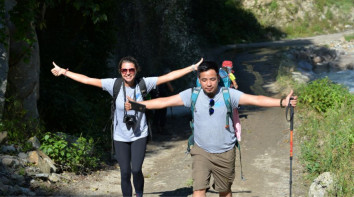
11th Sep, 2022
.jpg)
11th Sep, 2022
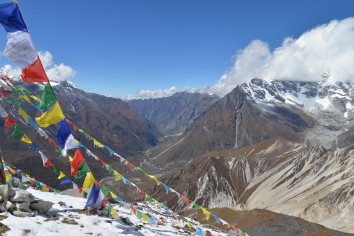
11th Sep, 2022
.jpg)
13th Jan, 2023

14th Mar, 2023
.jpg)
18th Mar, 2023
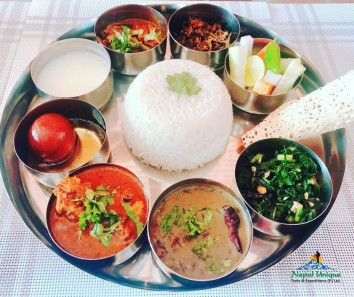
25th Mar, 2023
.jpg)
30th Mar, 2023

1st Apr, 2023
.jpg)
18th Jul, 2023

10th Mar, 2024
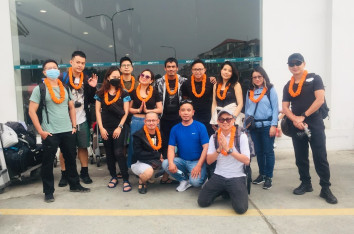
17th Mar, 2024

25th Feb, 2025

19th Mar, 2025

13th Jun, 2025

4th Jul, 2025
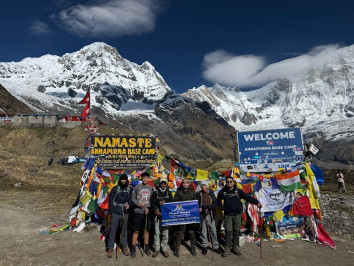
10th Aug, 2025
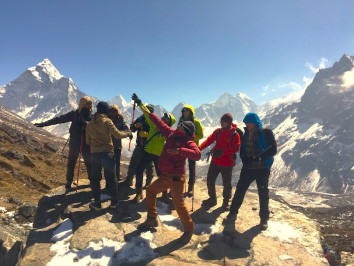
25th Aug, 2025
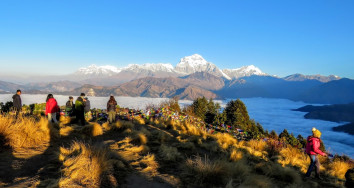
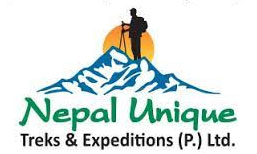
 WhatsApp
WhatsApp  Plan Your Trip
Plan Your Trip
 (1366 x 768 px).jpg)

